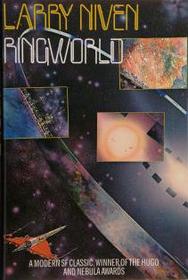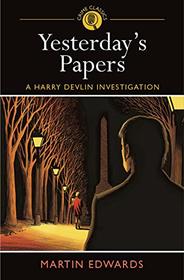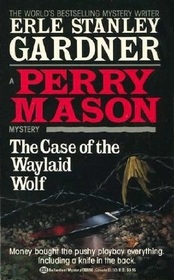
Review by Cyndi J. (cyndij)
RINGWORLD, published in 1970 by Larry Niven, is one of the classics of science fiction. It won the Hugo, Locus, and Nebula awards and it’s still well worth reading today. It generated several sequels (although Ringworld was meant as a standalone), then more prequels, and an entire multiverse of spin-offs in novels and games. Niven co-wrote a number of those and licensed other authors as well.
Louis Wu is celebrating his 200th birthday and feeling a bit bored. But into his party pops a Pierson’s puppeteer – an alien so reclusive and outlandish they are practically myth. Nessus has a job offer for Louis, a trip to a world that defies imagination – an immense ring created around a sun. It is so immense it could hold millions of Earths and the idea that it could be a created object is incredibly frightening – what species could do such a thing? Louis accepts and in short order is joined by Speaker To Animals, a ferocious feline-like alien Kzinti, and Teela Brown, a human woman who is supposedly the luckiest person on Earth. Nessus has his reasons for picking each of them and their relationships are a highlight of the story.
The trip will first take them to the Puppeteer’s homeworld, its location a closely held secret, and then to the Ringworld. But a catastrophe occurs and they crash-land Their only hope is to attempt to travel to the rim of the world, thousands and thousands of miles away, and get help from the engineers who must live there. It will take months, but fortunately they have flycycles and matter converters, so they can travel quickly and won’t run out of food. As they travel though, they begin to notice some very alarming signs. And they’re not exactly working well as a team, either.
Niven’s alien characters do feel alien even if not super well-fleshed out; we get some nuances, but not too much besides Puppeteer cowardice and Kzinti ferocity. But the big flaw is the female characters. There’s only two – one is 18-yr-old Teela, who can do nothing because she’s always been so lucky she didn’t need to (but she can have sex with 200-yr-old Louis, eww), and the other is a prostitute. Gee, what other roles could there be for women… In 1970s male-dominated SF this didn’t raise a lot of flags. Today, well, it’s pretty irritating.
Niven’s idea of the Ringworld is actually kind of plausible; a lot of physics thinking went into it. The descriptions are fabulous; your mind boggles trying to comprehend the immensity of this artifact. The various environments, the inhabitants, the shadow squares…I could go on, but there are just some great ideas. Puppeteer manipulation of both human and Kzinti species, that was pretty funny. Louis himself is rather amusing, it’s mostly told from his POV and he gets some pretty snappy dialogue.
If you want hard science fiction with big ideas and a journey through alien landscapes you’ll totally love it. If you want thoughtful human interaction and emotional content, not so much. But any science-fiction reader should put this on their list, if they haven’t already. It had a tremendous influence on the SF field, it’s still in print 50 years later, and despite its flaws it’s very good.








